Louis Vuitton Elevator: A Tribute to the Art of Travel at Le Dokhan's, Paris Arc de Triomphe
Experience the ultimate in luxury travel with this one-of-a-kind Louis Vuitton elevator cab located in Paris. Guests are transported back in time to an era of opulence and grandeur when they step into this uber-instagramable elevator cab interior. Made from a genuine vintage Louis Vuitton steamer trunk, complete with the brand's iconic monogrammed canvas, wooden uprights and timeworn studs, the Louis Vuitton Elevator is more than just a functional element of the hotel, it's a true work of art that adds an extra touch of luxury to the guest experience.
Join us as we explore the unique design and history of this one-of-a-kind elevator, and how it elevates the guest experience at Le Dokhan's, Paris Arc de Triomphe.
Le Dokhan's is a luxury hotel brand, with the Paris location close to the iconic Arc de Triomphe and other famous Parisian landmarks, giving it its namesake. The hotel has 57 luxury guest rooms and suites, a restaurant, bar and fitness center, all designed by interior decorator Frédéric Méchicheand. The resulting hotel is part of the Tribute Portfolio known for its exceptional quality and service.
Louis Vuitton is another french brand known for its high-quality materials, craftsmanship, and iconic design elements. The traditional design of Louis Vuitton luggage includes the brand's famous monogram canvas, which features the interlocking LV initials in a repeating pattern. This canvas is often paired with leather accents, such as handles and trims, which are available in a variety of colors.
Another iconic design element of Louis Vuitton luggage is the use of brass hardware, such as locks, clasps, and studs, which are often aged to give them a vintage look. This hardware is often adorned with the Louis Vuitton name or logo, which serves as a symbol of the brand's quality and luxury.
Even today, the design of Louis Vuitton products are often inspired by vintage travel styles, and many of the brand's products are made to evoke a sense of nostalgia and refinement. The brand's long history of craftsmanship and dedication to quality is evident in the intricate details and timeless style of its products.
So when the famous interior designer Frédéric Méchiche custom-designed an elevator cab interior decorated with authentic Louis Vuitton elements, it became one of the most sought after and luxurious elevator cabins in any building. The use of LV’s lozine (vulcanised fibre) and canvas wrapped walls and iconic LV logo mark adds a tasteful touch of luxury and elegance to the cab interior, while the solid wood strapping and brass elements add a sense of durability and refinement that complements the leather perfectly.
The addition of the mirror on the rear wall coupled with perimeter cove lighting creates a spacious and bright feel to the elevator cab, while also emphasizing the luxury materials and design elements used throughout the space. The perimeter cove lighting also adds a sense of ambiance and drama to the elevator, making it a unique and memorable experience for guests, or selfie loving instagrammers. Overall, this custom elevator cab interior is a perfect example of how luxury brands can repurpose iconic design elements in unexpected ways to create unique and memorable spaces.
Elevators have played a significant role in the architectural history of hotels, specifically in the replacement of grand staircases. Before the invention of the elevator, luxury hotels typically featured grand staircases as the primary means of vertical transportation, as well as a moment of wonder celebrating the transition from public to private space in the hotel. These grand staircases were often the focal point of the building's design and were used to create a sense of grandeur and elegance.
With the invention of the elevator in the mid-19th century, it became possible to construct taller and more grand hotels with multiple floors. Elevators made it more efficient and convenient for guests to move between floors, allowing hotels to offer more rooms and amenities. The elevator technology made it possible for architects to design hotels with more efficient and innovative spaces, such as smaller guest rooms, multiple restaurants, and luxurious spa facilities.
The use of elevators also allowed for the creation of multi-level grand lobbies, with high ceilings and grand staircases, providing guests with a sense of grandeur and luxury upon arrival. Elevators also allowed for the creation of penthouse suites and rooftop terraces, offering guests breathtaking views and exclusive experiences.
Traditional Grand Staircase at a Hotel
Overall, elevators played a crucial role in the development of grand and luxury hotels, allowing for more efficient use of space and greater convenience for guests. They also played a big role in the architectural design and aesthetics of these hotels, making them more grandiose and luxurious.
Grand staircases were no longer the primary means of vertical transportation and were replaced by elevators in most hotels. This change allowed for more space for guest rooms, amenities and public areas. The elevator also made it possible for people with disabilities to access upper floors, which was not possible with the grand staircases.
The hotel's use of elevators as a luxury feature element is a testament to the role design plays in the hospitality industry and how elevators can be used to enhance the overall aesthetic and atmosphere of a hotel. The Louis Vuitton Elevator at Le Dokhan's is a perfect example of how elevators can be used to create a nostalgic space that inspires memories and leaves a lasting impression on guests.
Riding in the elevator cab at Le Dokhan's, Paris Arc de Triomphe is a truly nostalgic experience. As we have seen, the L.V. Elevator at Le Dokhan's, Paris Arc de Triomphe is more than just a functional element, it's a true work of art that adds an extra touch of luxury to the guest experience. The vintage Louis Vuitton steamer trunk used as the elevator cab is not only a stunning visual but also evokes a sense of nostalgia, reminiscent of a time when travel was a veritable art form. This unique design feature not only creates a memorable and distinct atmosphere in the hotel but also inspires guests to take photos and share their experience on social media platforms, making it truly Instagramable.

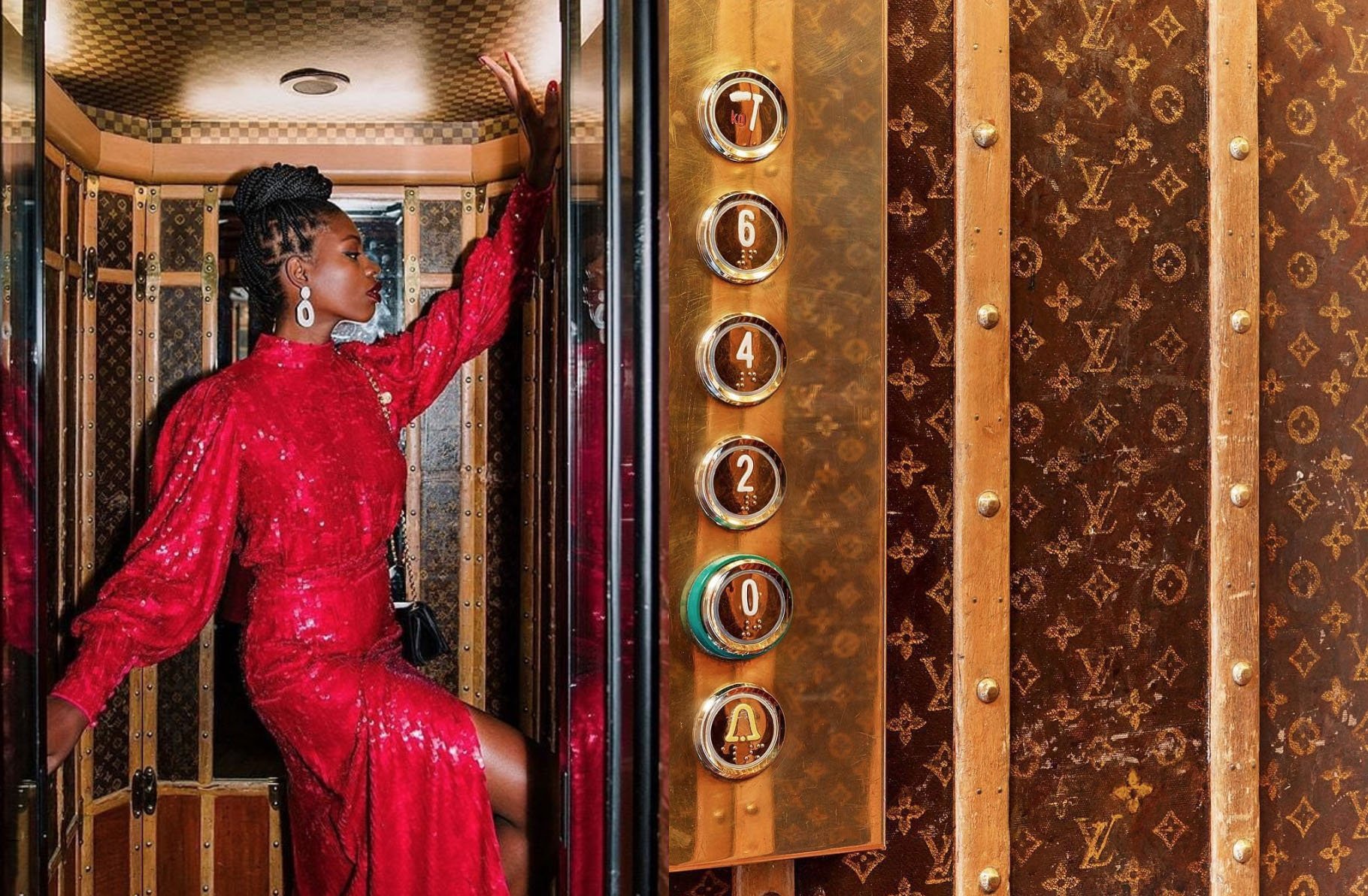

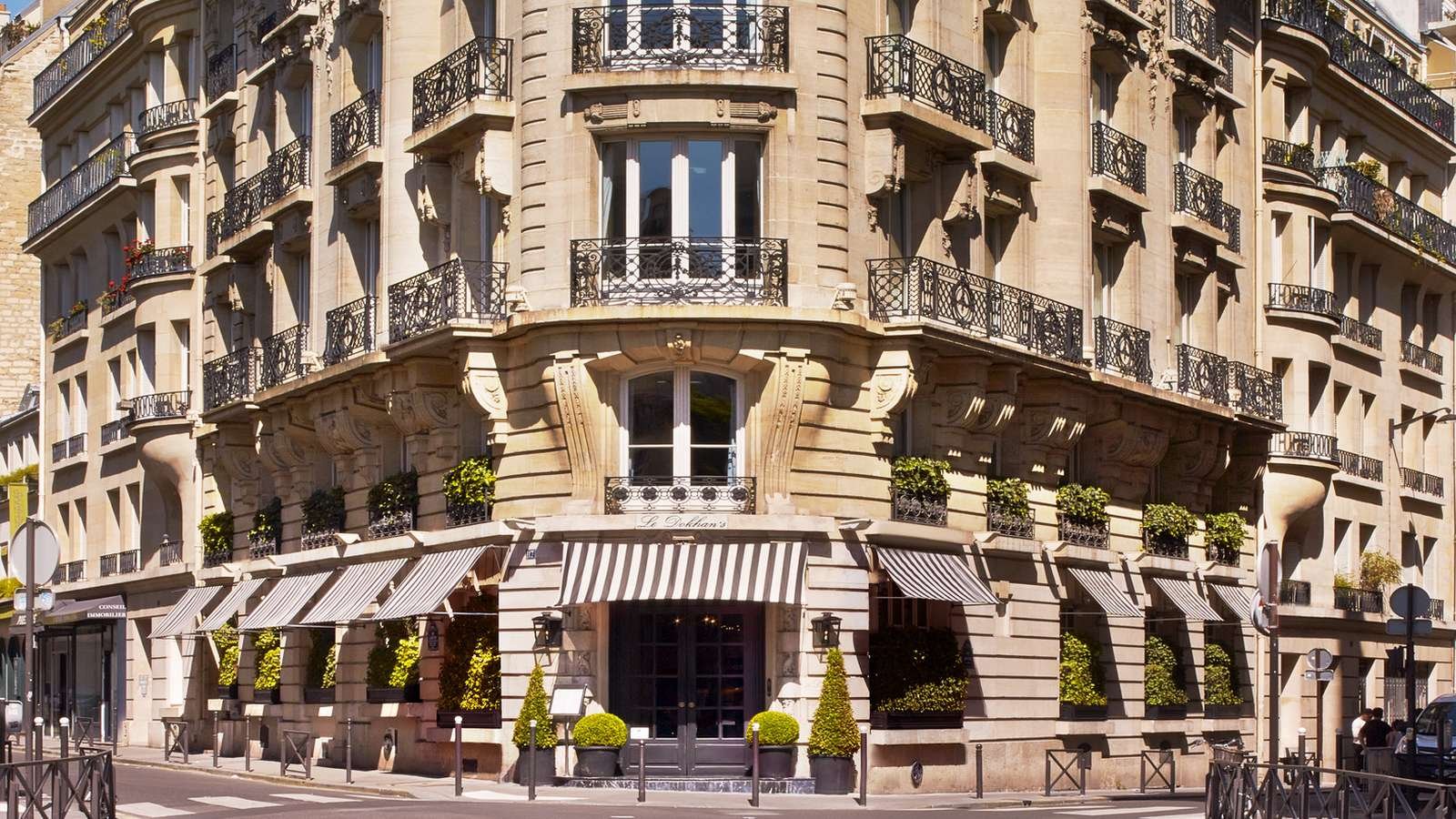

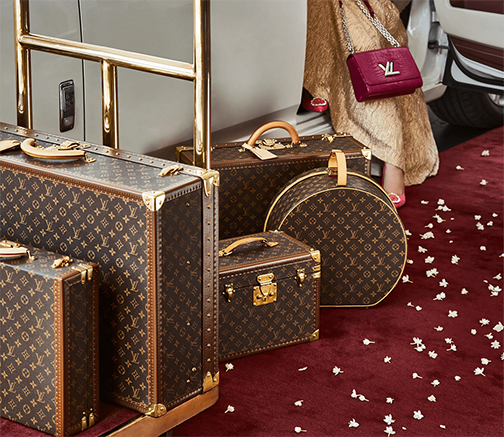

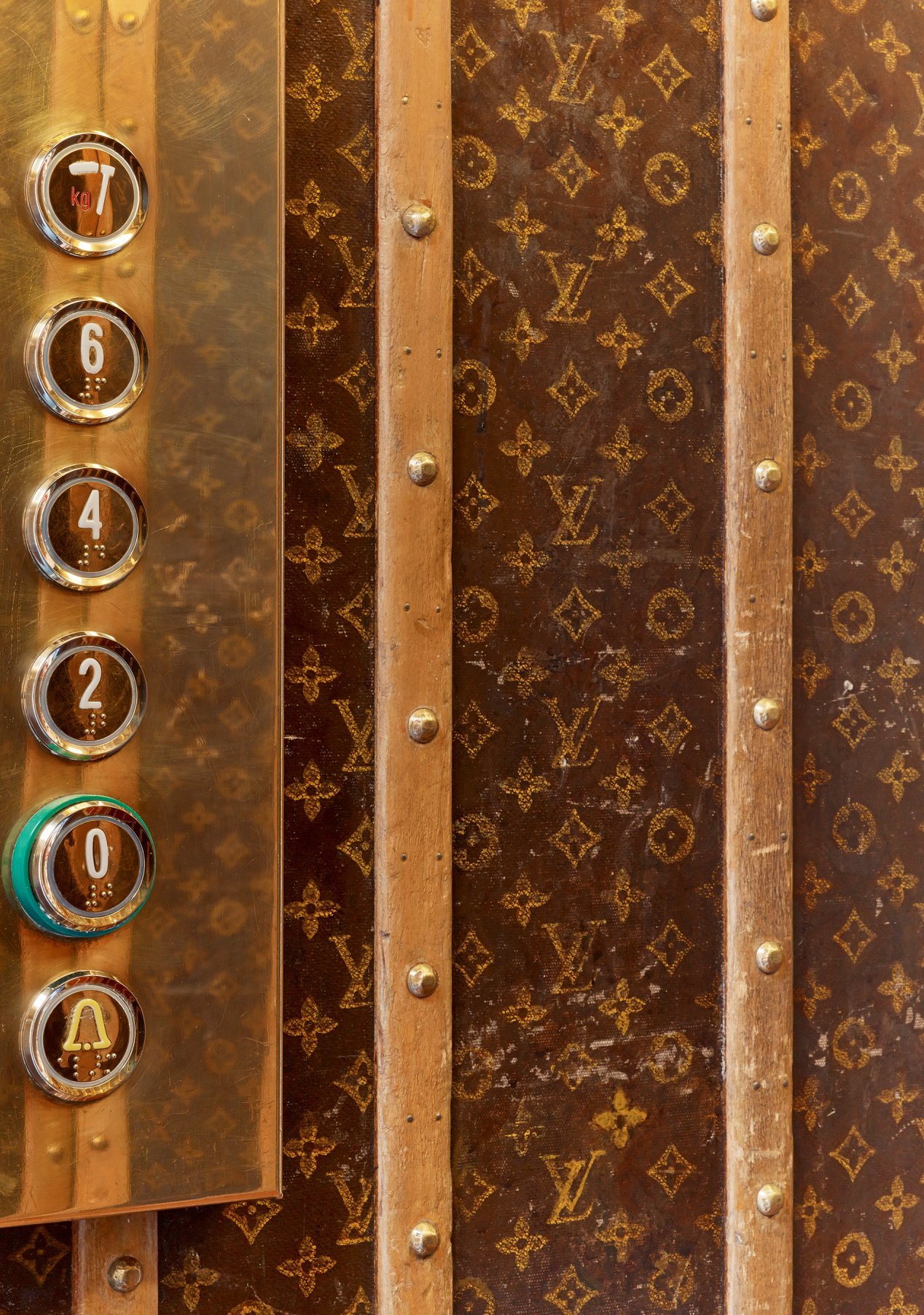
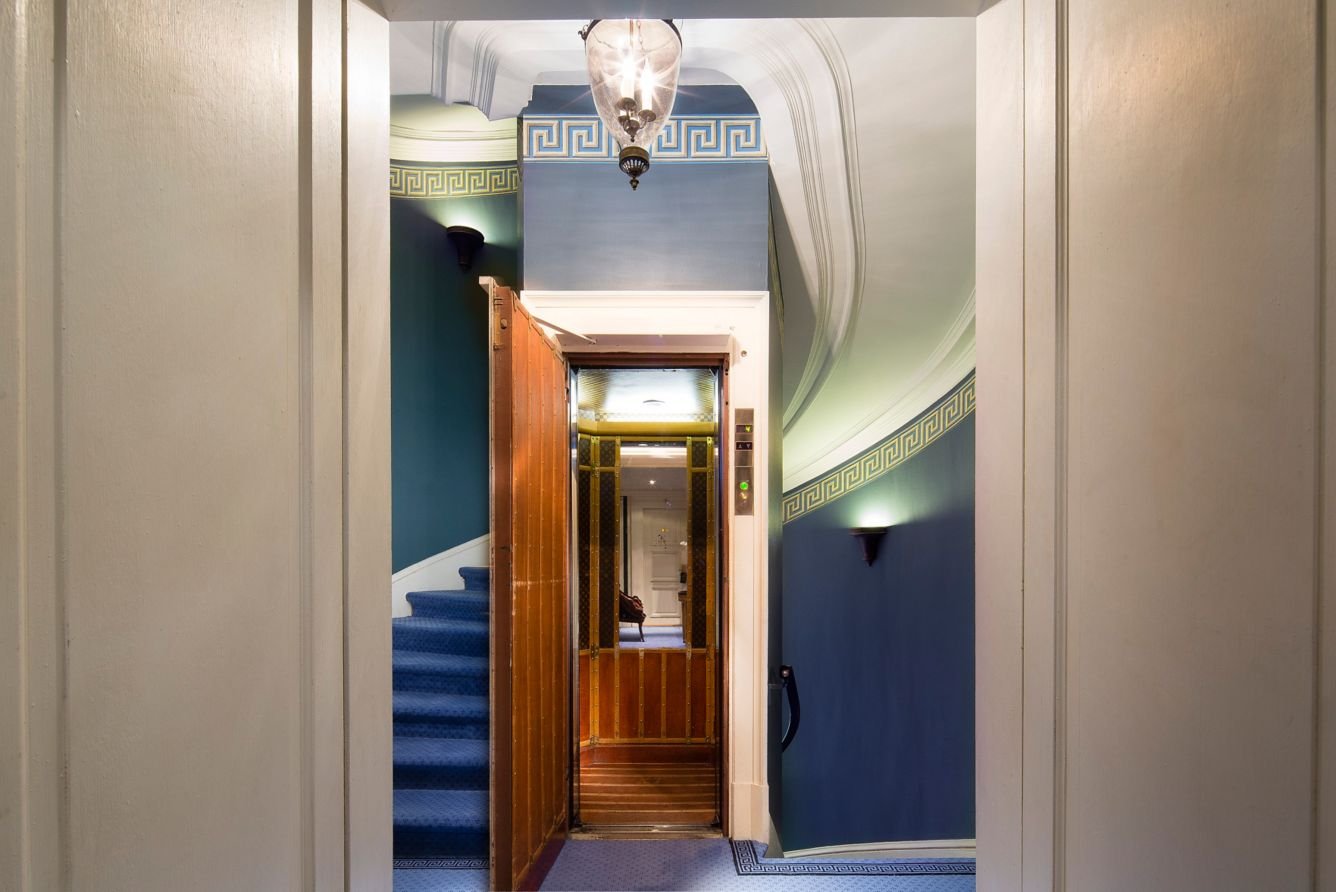

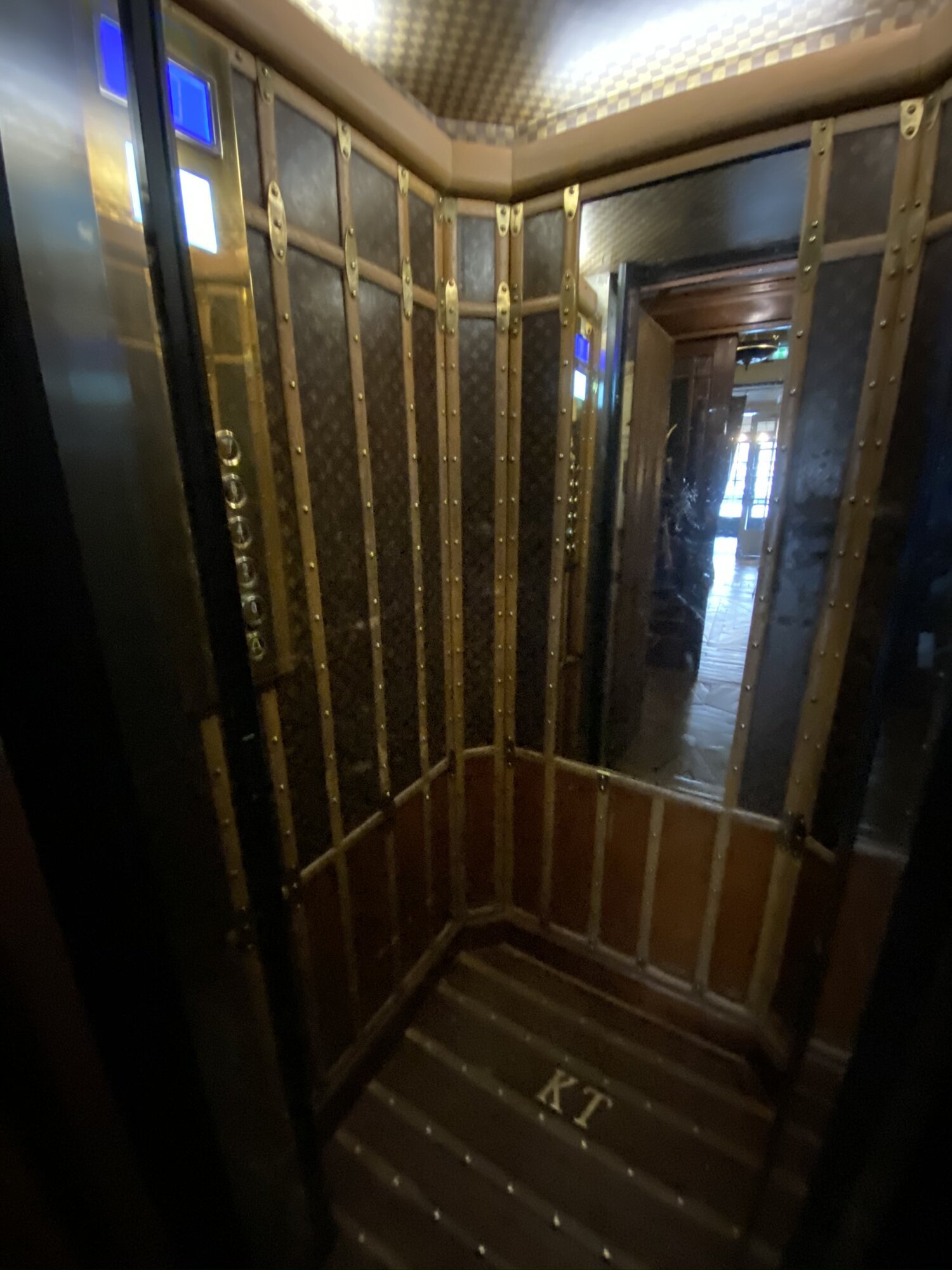

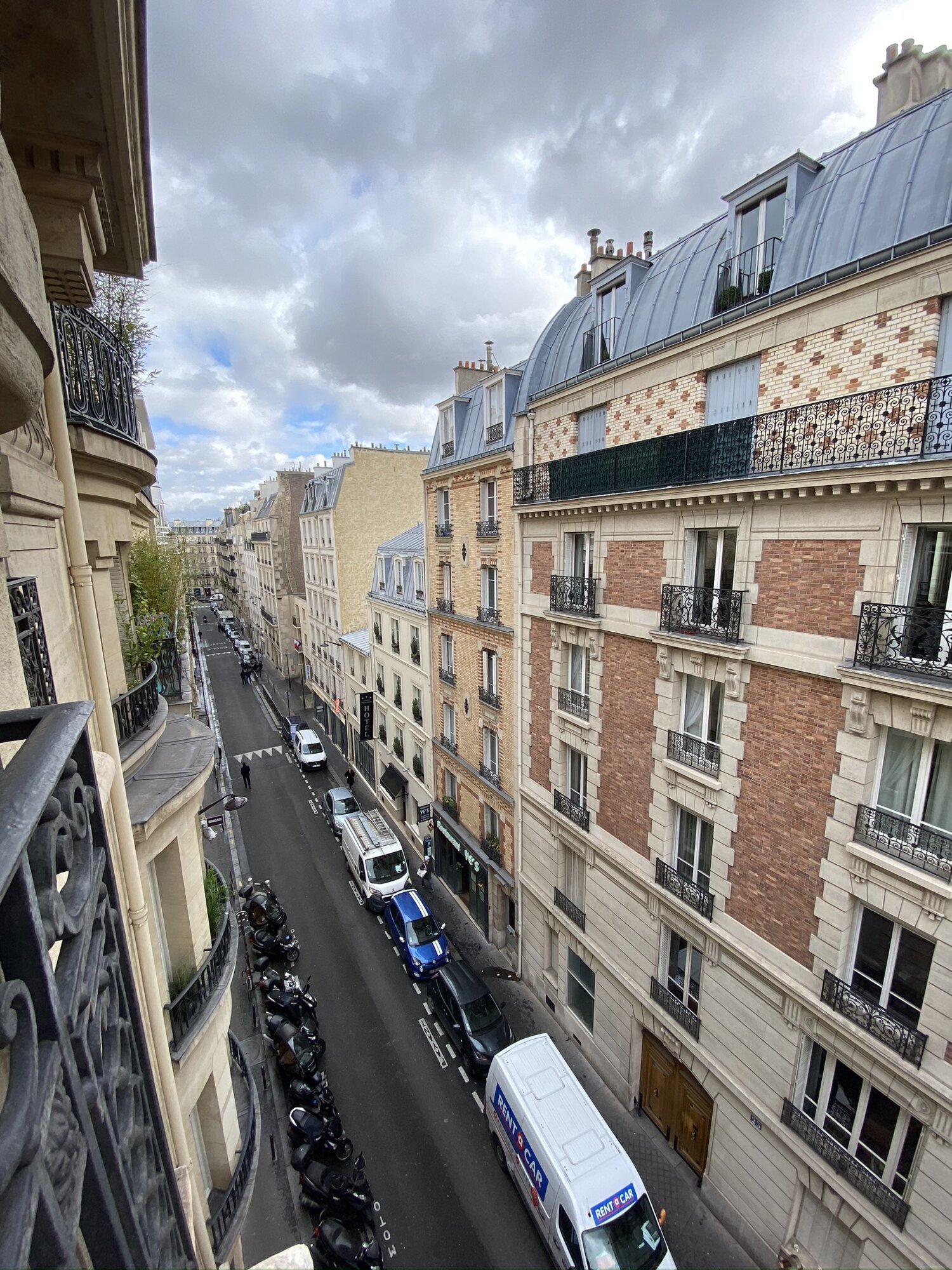
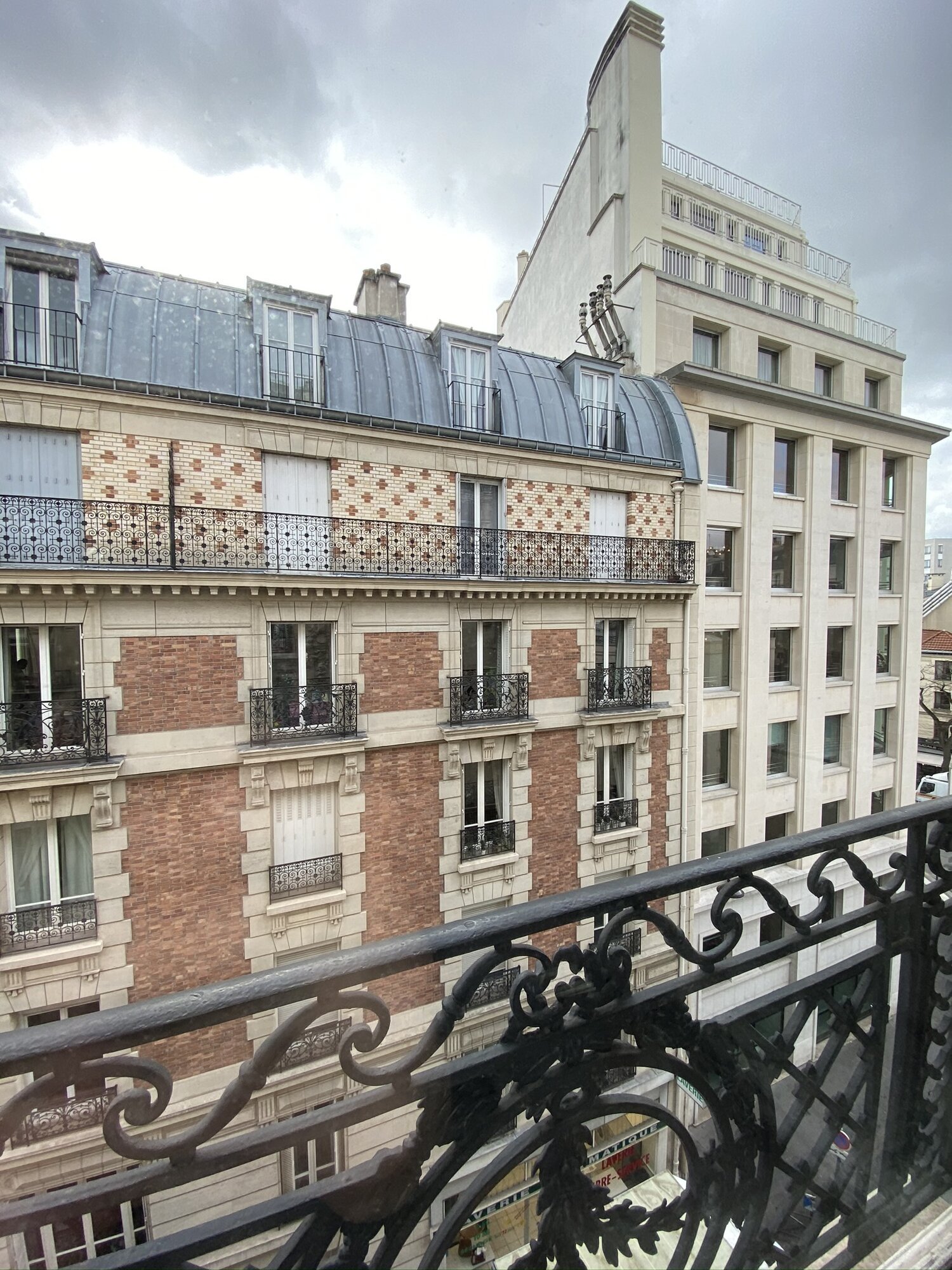
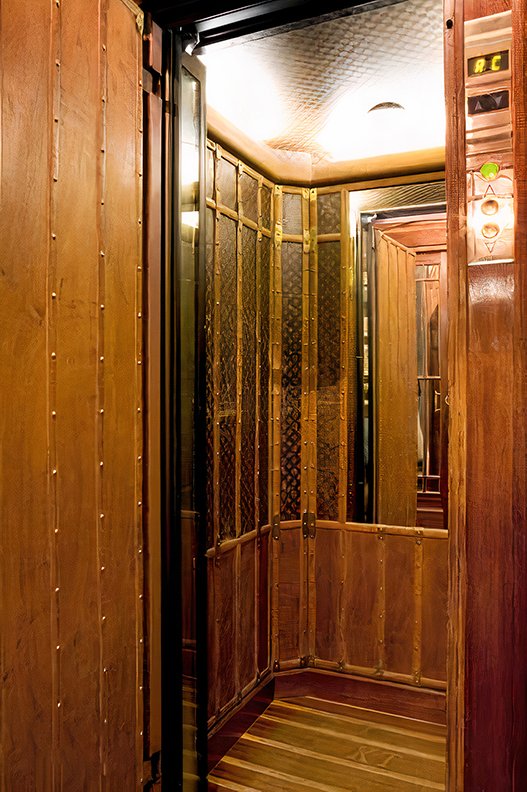
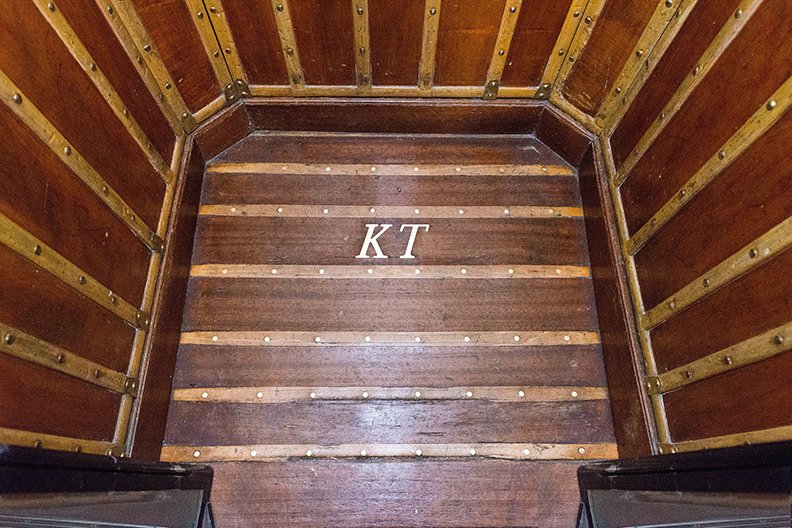

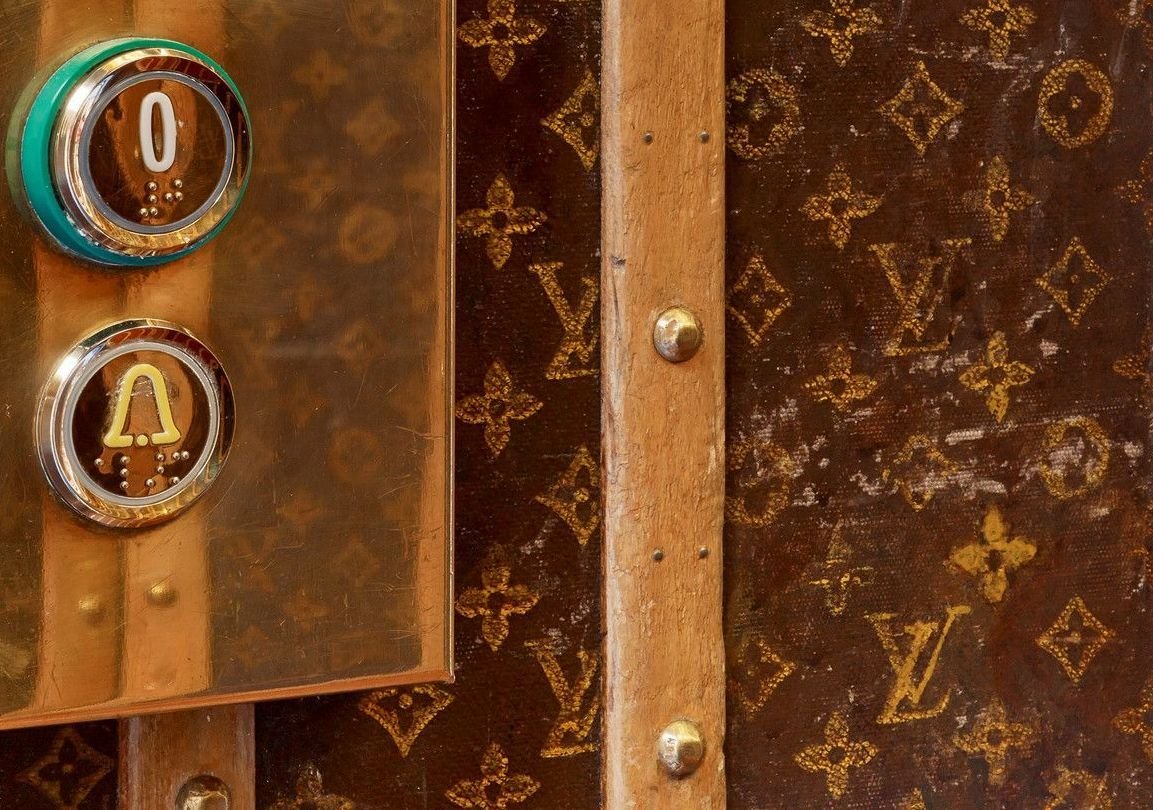
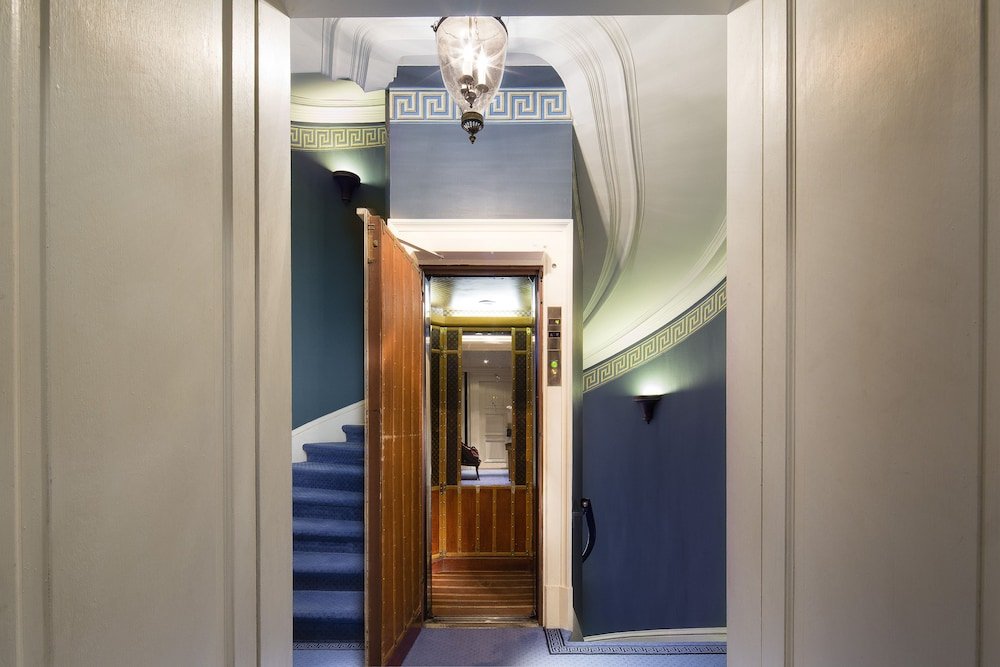
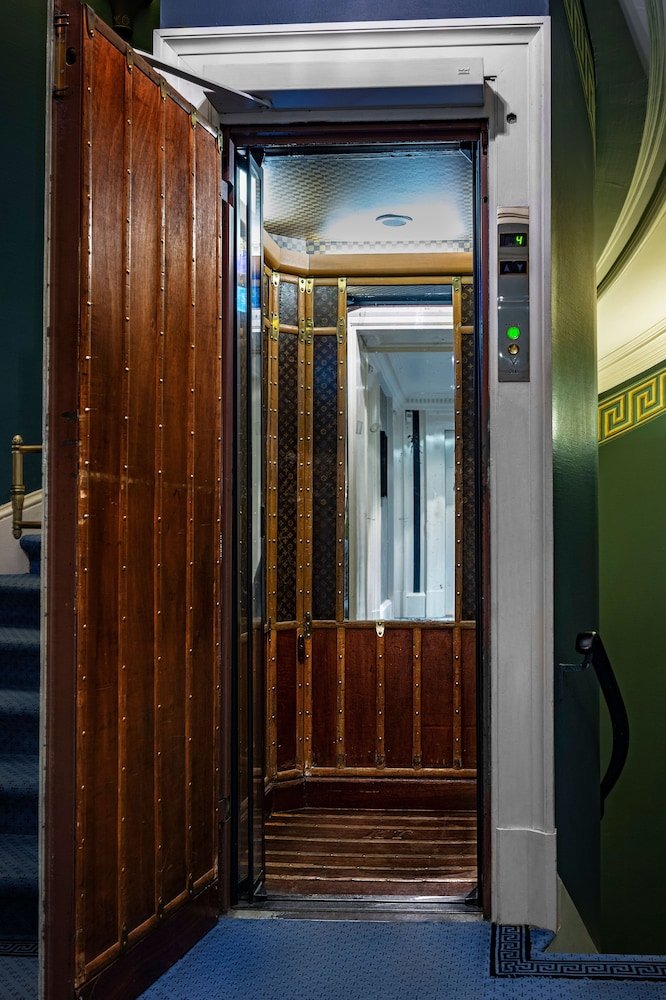
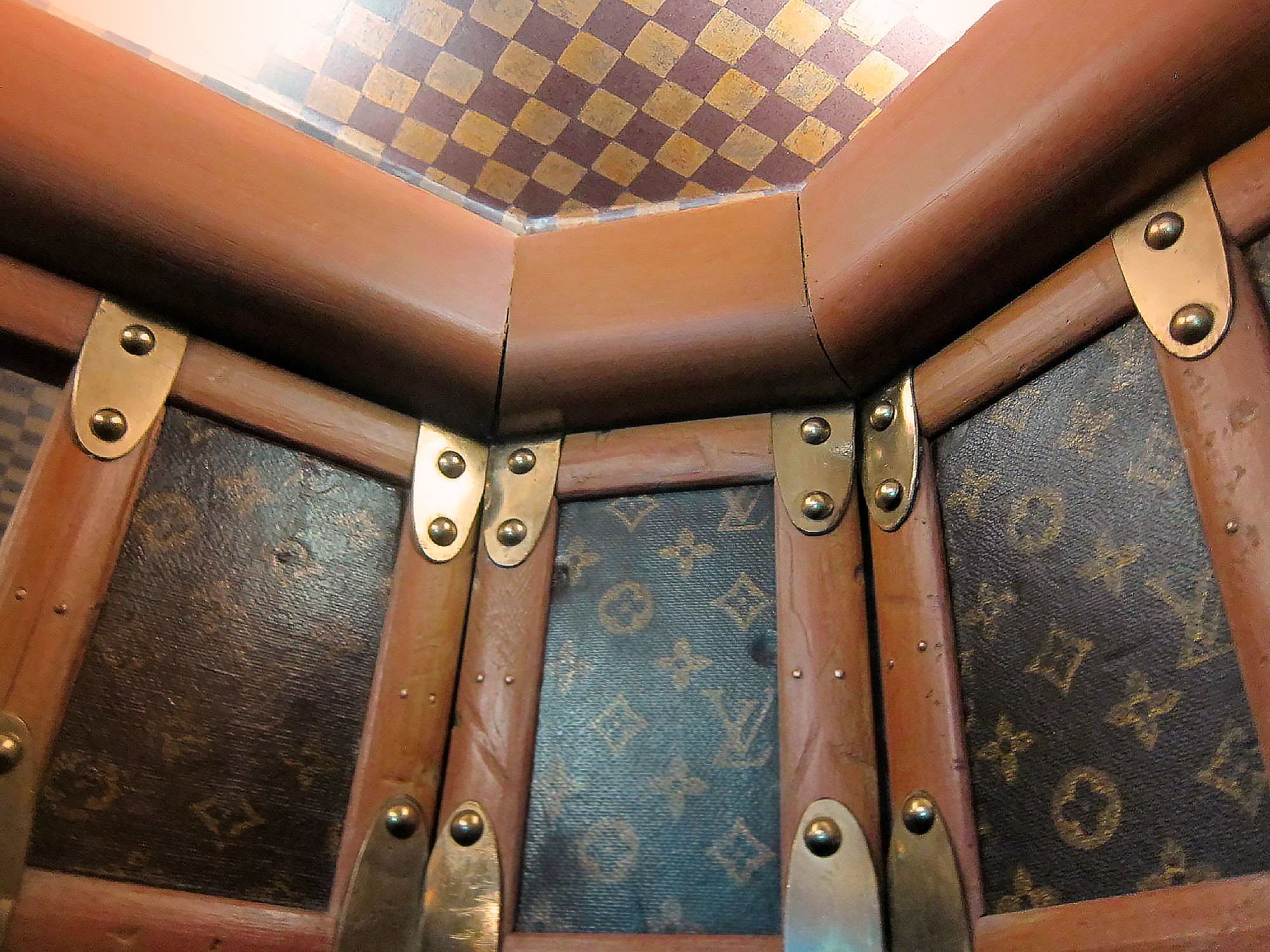
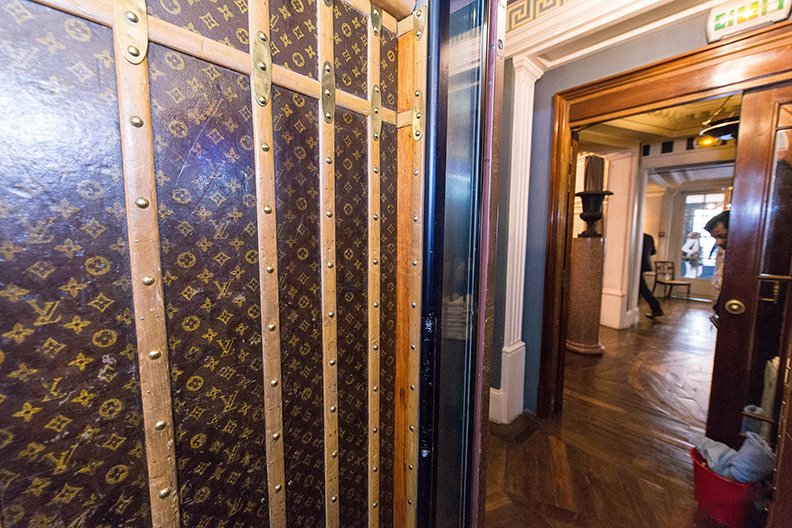
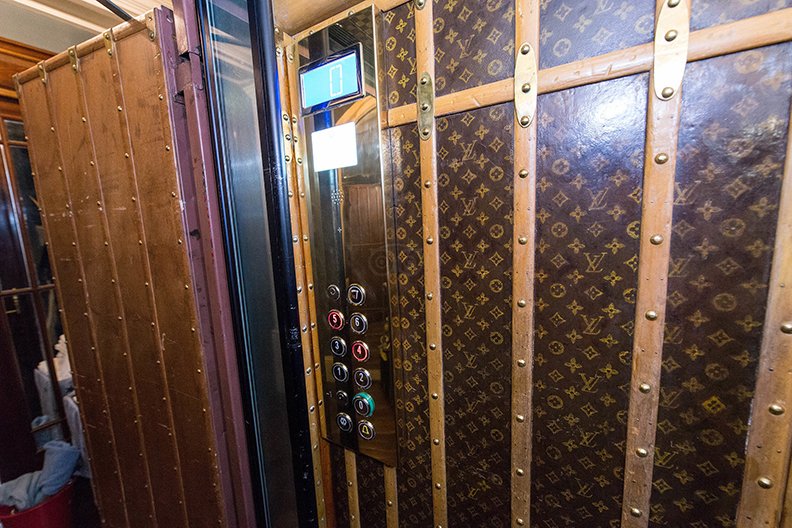


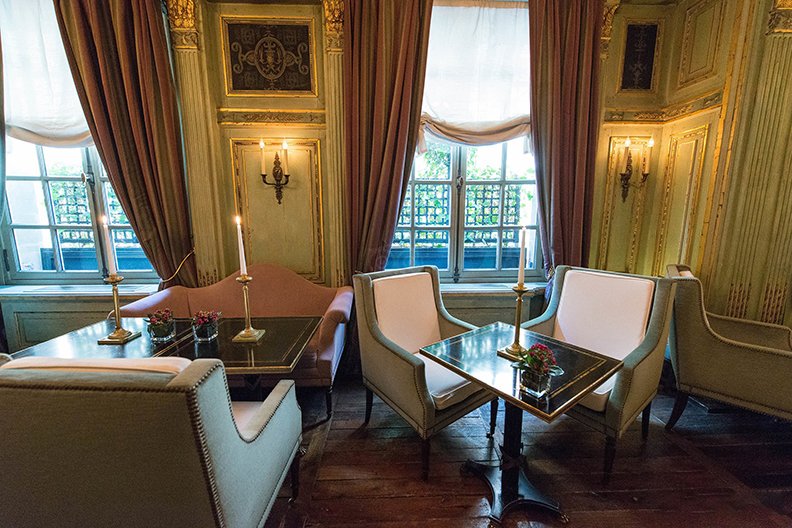
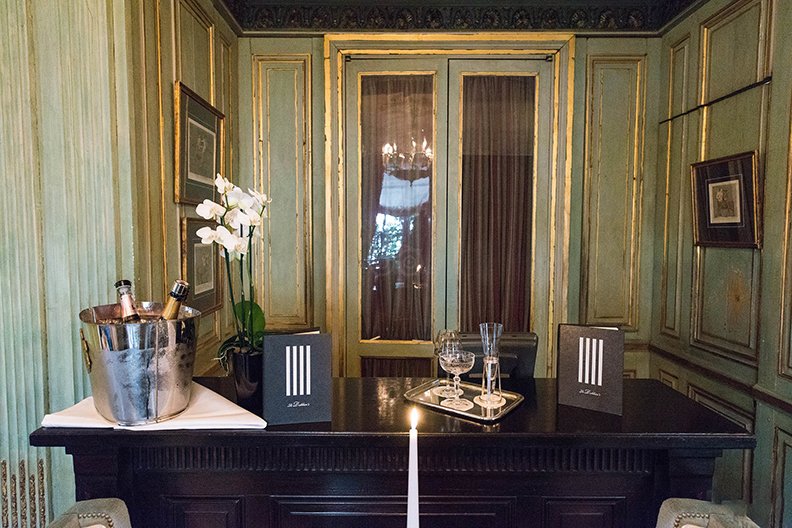
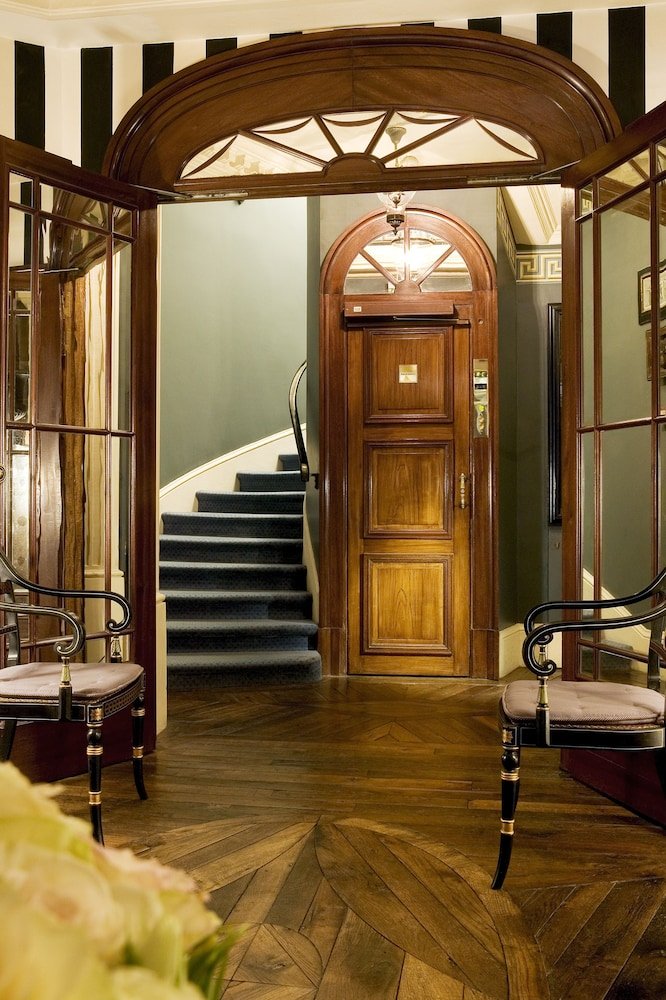



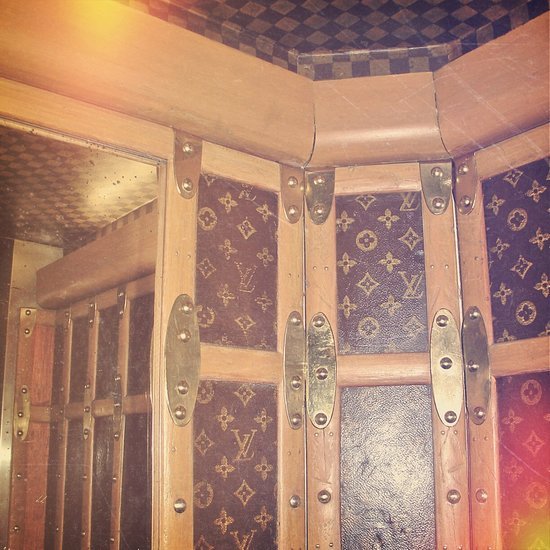


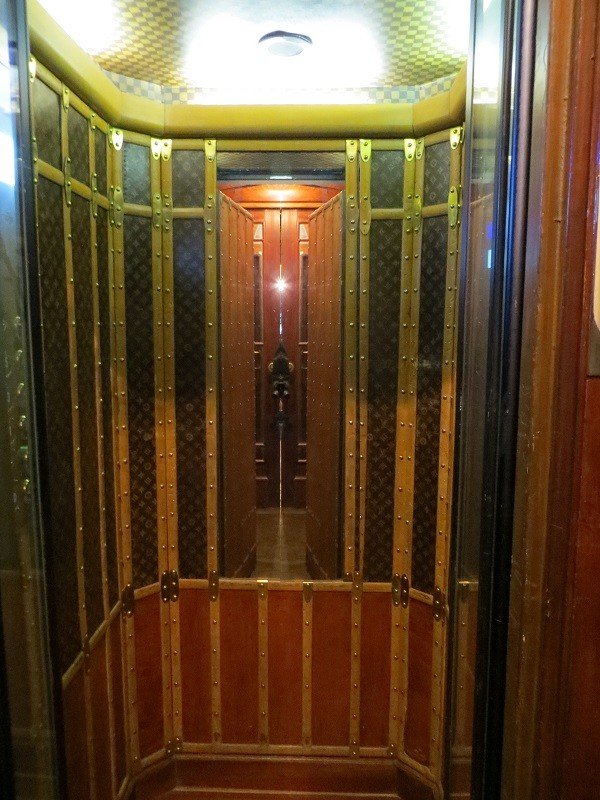

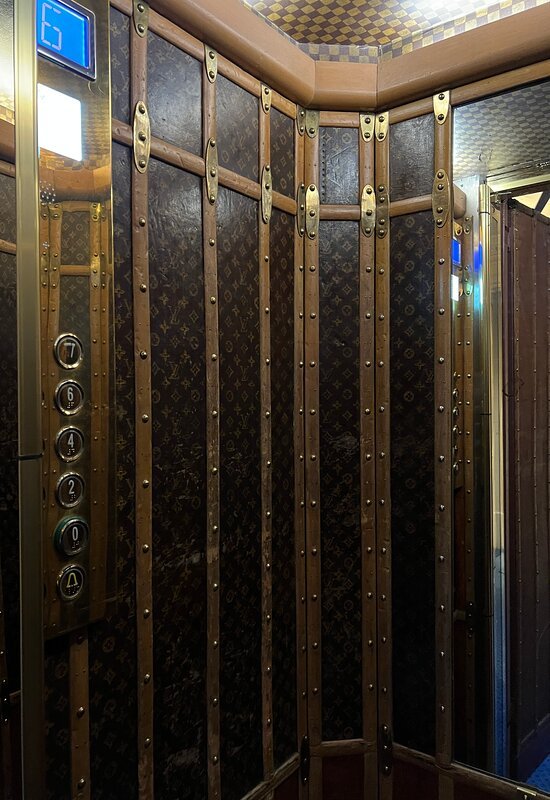



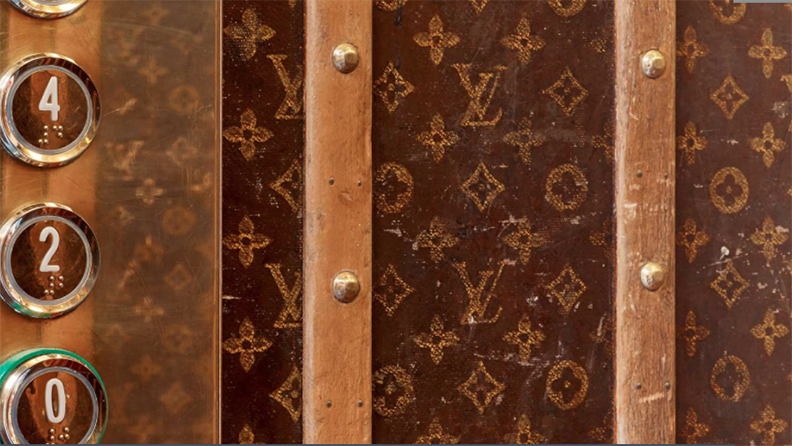


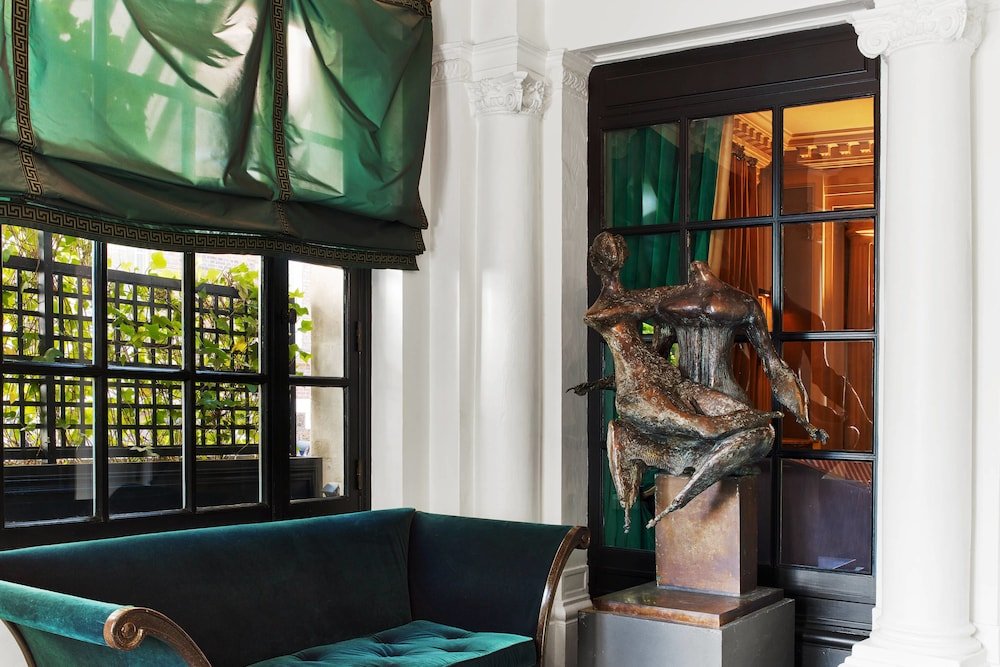


Louis Vuitton's Fall/Winter 2011 runway show featured vintage elevators as the backdrop, paying homage to the brand's roots in luxury luggage and the grand era of travel. The elevators were 19th century wrought iron birdcage elevators, with an elegant and exclusive atmosphere.